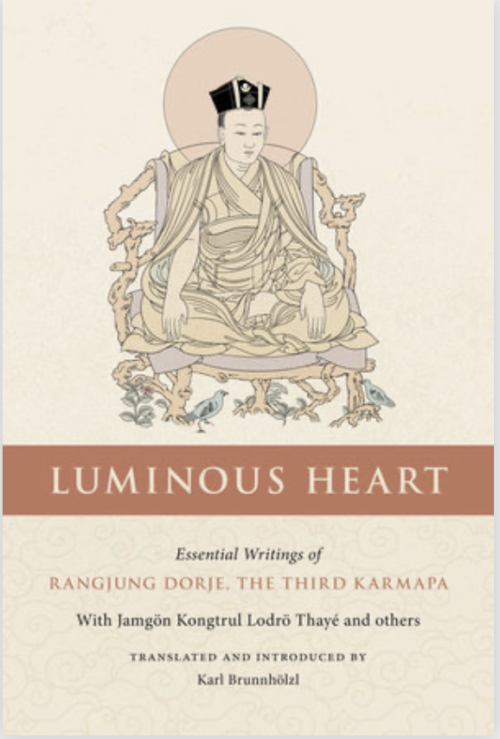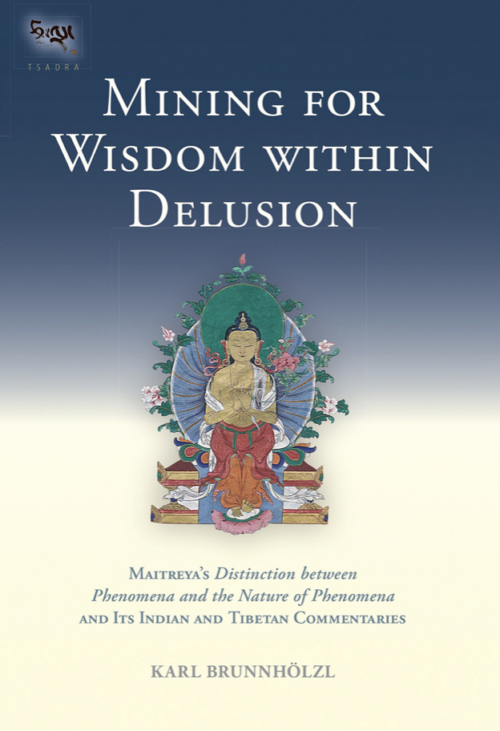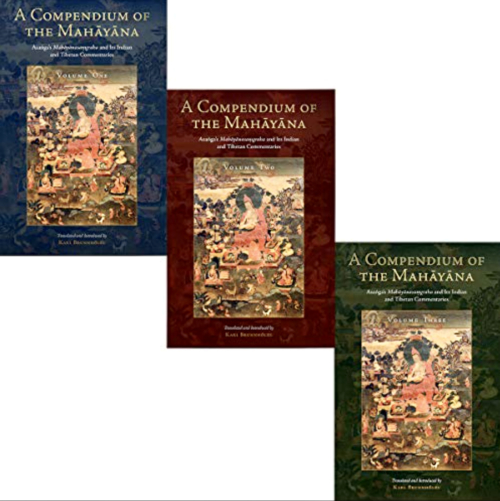- Also available as an eBook for Apple and Android devices.
- Limited supply.
- The hardcopy book is shipped from the US.
International customers may wish to explore local booksellers, Shambala Publications, or Amazon to save on shipping cost.
Author: Asaṅga
Translator: Karl Brunnhölzl
Winner of the Khyentse Foundation Prize for Outstanding Translation.
The first complete English translation of Asaṅga
's Mahāyānasaṃgraha, the most important and comprehensive Indian Yogācāra text, and all its available Indian commentaries.
The
Mahāyānasaṃgraha, published here with its Indian and Tibetan commentaries in three volumes, presents virtually everything anybody might want to know about the Yogācāra School of mahāyāna Buddhism. It discusses in detail the nature and operation of the eight kinds of consciousness, the often-misunderstood notion of “mind only” (
cittamātra), dependent origination, the cultivation of the path and its fruition in terms of the four wisdoms, and the three bodies (
kāyas) of a buddha.
Volume 1 presents the translation of the
Mahāyānasaṃgraha along with a commentary by Vasubandhu. The introduction gives an overview of the text and its Indian and Tibetan commentaries, and explains in detail two crucial elements of the Yogācāra view: the ālaya-consciousness and the afflicted mind (
kliṣṭamanas).
Volume 2 presents translations of the commentary by Asvabhāva and an anonymous Indian commentary on the first chapter of the text. These translations are supplemented in the endnotes by excerpts from Tibetan commentaries and related passages in other Indian and Chinese Yogācāra works.
Volume 3 includes appendices with excerpts from other Indian and Chinese Yogācāra texts and supplementary materials on major Yogācāra topics in the
Mahāyānasaṃgraha.


